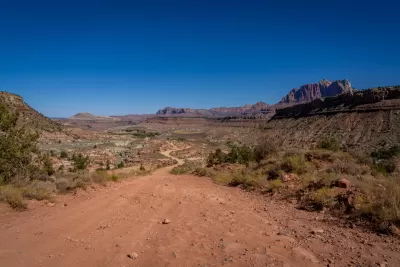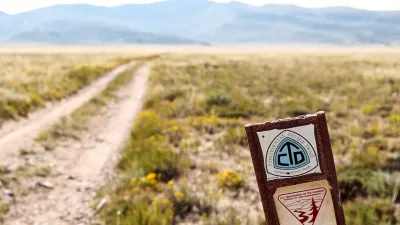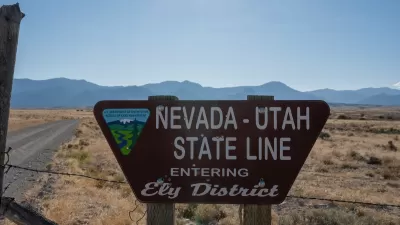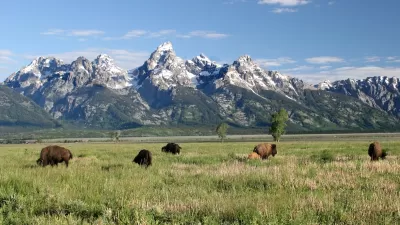The state wants more local control of public lands not designated as national parks or monuments.

The Supreme Court struck down an effort by Utah to assert state control over federal public lands. According to an article by Anastasia Hufham in the Salt Lake Tribune, the Court declined to hear Utah’s challenge to the federal government’s jurisdiction over 18.5 million acres of “unappropriated” public lands. The state charged that the Bureau of Land Management’s control over these lands is unconstitutional.
State leaders expressed disappointment at the Court’s decision, saying BLM policies harm Utah residents “by restricting access to public lands, hindering active management, and reducing economic and recreation opportunities.”
The status of public land management is under question as the incoming Trump administration has signaled a desire to reopen public lands to extractive uses — or what Utah state leaders call ‘multiple use’ — and shift more decisionmaking power to states. Other states have challenged the BLM’s Public Lands Rule, which recently strengthened conservation measures.
FULL STORY: U.S. Supreme Court refuses to hear Utah’s public lands challenge

Trump Administration Could Effectively End Housing Voucher Program
Federal officials are eyeing major cuts to the Section 8 program that helps millions of low-income households pay rent.

Planetizen Federal Action Tracker
A weekly monitor of how Trump’s orders and actions are impacting planners and planning in America.

The 120 Year Old Tiny Home Villages That Sheltered San Francisco’s Earthquake Refugees
More than a century ago, San Francisco mobilized to house thousands of residents displaced by the 1906 earthquake. Could their strategy offer a model for the present?

HSR Reaches Key Settlement in Northern California City
The state’s high-speed rail authority reached an agreement with Millbrae, a key city on the train’s proposed route to San Francisco.

Washington State Legislature Passes Parking Reform Bill
A bill that would limit parking requirements for new developments is headed to the governor’s desk.

Missouri Law Would Ban Protections for Housing Voucher Users
A state law seeks to overturn source-of-income discrimination bans passed by several Missouri cities.
Urban Design for Planners 1: Software Tools
This six-course series explores essential urban design concepts using open source software and equips planners with the tools they need to participate fully in the urban design process.
Planning for Universal Design
Learn the tools for implementing Universal Design in planning regulations.
Ada County Highway District
Clanton & Associates, Inc.
Jessamine County Fiscal Court
Institute for Housing and Urban Development Studies (IHS)
City of Grandview
Harvard GSD Executive Education
Toledo-Lucas County Plan Commissions
Salt Lake City
NYU Wagner Graduate School of Public Service





























